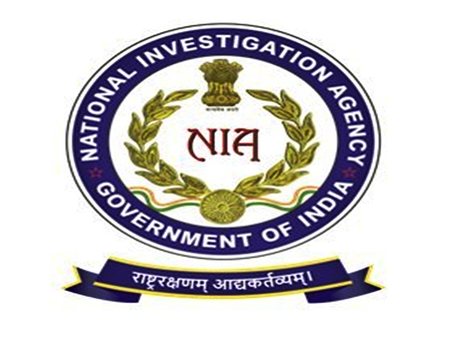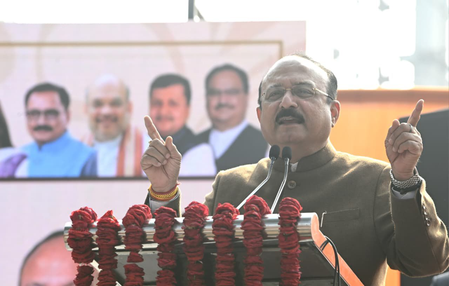
New Delhi, June 25 (IANS) June 25 marks the 50th anniversary of the Emergency, a dark chapter in India’s democratic history. Prime Minister Narendra Modi, reflecting on this period, continues to remind the nation about the “black spot” inflicted on democracy by Congress.
Before taking oath as a member of the Lok Sabha on Monday, PM Modi vowed to prevent such “dark days of Emergency” from ever happening again. He emphasised the need to safeguard democracy from any form of oppression, Modi Archives posted on X.
The story of the Emergency did not start on June 25, 1975. It was preceded by widespread student-led agitations against Congress’ corruption, with Gujarat being no exception.
During the 1974 Navnirman Andolan in Gujarat, PM Modi witnessed the power of student voices in driving change. As a Yuva Pracharak of the Rashtriya Swayamsevak Sangh (RSS), he was deputed to the Akhil Bharatiya Vidyarthi Parishad (ABVP), where he passionately supported the youth movement.
Once the Emergency was imposed, Modi actively joined the protests. Despite peak censorship, he and other volunteers organised meetings and disseminated underground literature.
Collaborating with senior RSS leaders like Nath Zagda and Vasant Gajendragadkar, he found innovative ways to spread information. He loaded materials related to the Constitution and the Congress government’s excesses onto trains departing from Gujarat, ensuring messages reached remote places with less risk of detection.
Following the RSS going underground, the Gujarat Lok Sangharsh Samiti was established. At just 25, Modi quickly rose to become the RSS General Secretary.
His articles and correspondence were crucial in sustaining the revolt against the Congress government, even as key movement leaders were arrested under the MISA Act. Modi also reached out internationally, sending underground publications to amplify global resistance.
Modi’s colleagues abroad sent photocopies of newspapers that featured anti-Emergency articles. He ensured these copies were delivered to jails. To avoid detection, Modi adopted various disguises, sometimes as a Swamiji or a Sikh, effectively evading recognition.
After the Emergency was lifted in 1977, Modi’s activism gained national recognition. He was appointed ‘Sambhag Pracharak’ of South and Central Gujarat, preparing official RSS articles.
In 1978, at the age of 27, Modi authored his first book, ‘Sangharsh Ma Gujarat’, chronicling his experiences and the collective resistance during the Emergency. The book, launched by then-Chief Minister Babubhai Jasbhai Patel, received praise for its comprehensive and objective approach. Patel himself acknowledged the book’s “wealth of information.”
Reflecting on this period, Modi described the Emergency as “aapda mein avsar” (opportunity in difficult times), which allowed him to collaborate with diverse leaders and ideologies.
He stressed the importance of consensus in governance, stating, “A majority is required to run the government, but to run the country, consensus is of utmost importance.”
–IANS
sd/uk




